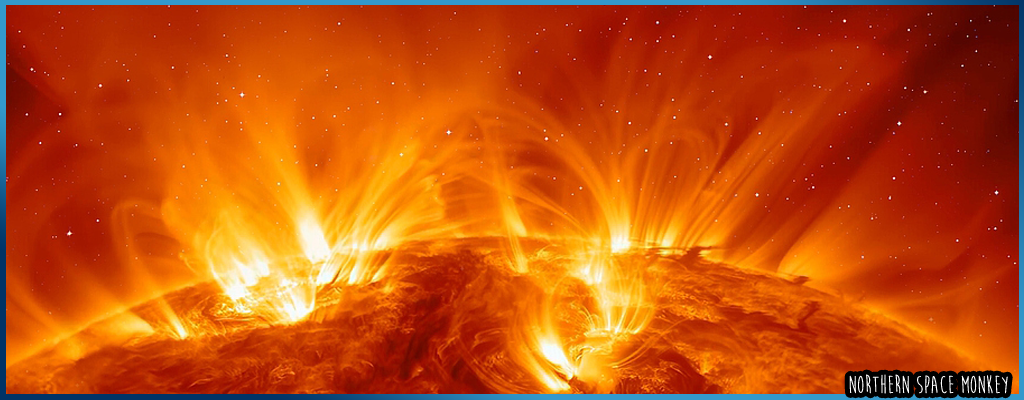


Starlink satellites have been known to cause radio astronomers pain due to their electromagnetic output across the sky, however it appears from a NASA study that they are having bother with EM output themselves of a different kind.
Led by space physicist, Denny Oliveira of the NASA Goddard Space Flight Center, a study of the failure rates of Starlink satellites revealed a distinct pattern. As the Sun escalated towards the peak of it's activity between 2020 and 2024, the number of satellite falls increased as a direct result of that activity.
"We clearly show that the intense solar activity of the current solar cycle has already had significant impacts on Starlink reentries"
The solar cycle is an 11-year pattern of fluctuations in the Sun's activity, centering around the periodic magnetic reversal of the solar poles. The recent cycle has been particularly stong, as evidenced by the higher quantity of visible auroras recently. The additional effect is that solar energy hitting our upper atmosphere leads to an increase in drag on spacecraft in low-Earth orbit.
The high quantity of Starlink satellites has provided a large dataset for researchers to monitor in relation to patterns of change in orbital altitude and velocity. Grouping the reentry data (2 in 2020; 78 in 2021; 99 in 2022; 88 in 2023; 316 in 2024), the team found 72% of all reentries occurred during weak geomagnetic conditions, not the powerful geomagnetic storms.
The researchers found that this was due to the cumulative effect of drag over the rising period of the solar cycle. Rather than a single moment leading to de-orbit, the orbital pattern degraded subtly over time. Satellites that did fall during strong geomagnetic conditions fell faster than those falling in weaker conditions.
"Our results are promising because they point in the direction of using short-cadence Starlink data (precise orbit determination, neutral mass density, ram direction area, drag coefficient) for the improvement of orbital drag models during geomagnetic storms, particularly during extreme events"
Keywords: Space Starlink Solar Failure SpaceX NASA Research Geomagnetic